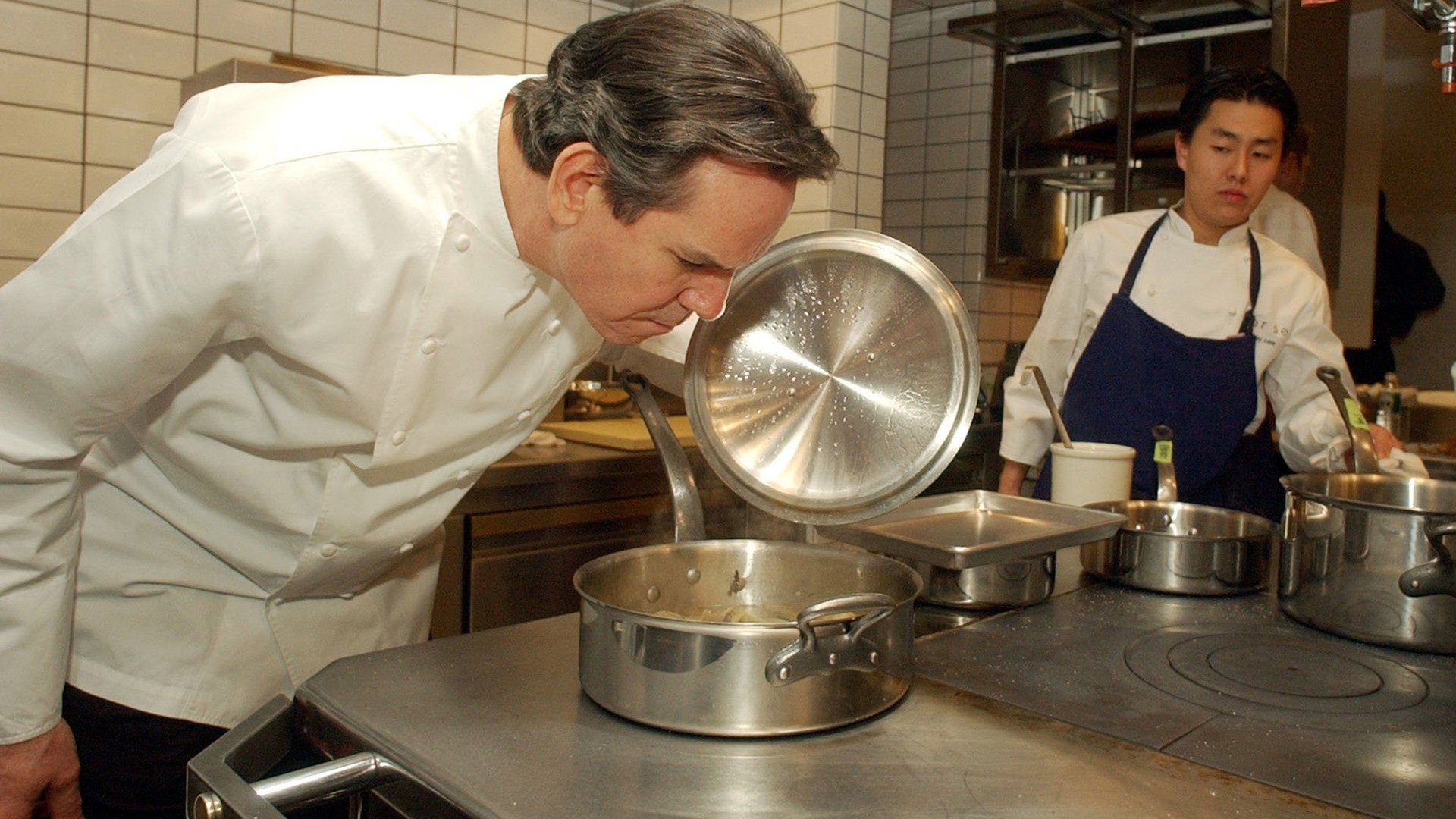America’s best restaurant just got BURNT
Thomas Keller’s Per Se—the lavish New York restaurant boasting $125 tagliatelle made with “shaved black winter truffles from Provence” (where else?) on its chef’s tasting menu—was marched slowly and mercilessly to the meat grinder Tuesday (Jan. 12), when New York Times food critic-turned-assassin Pete Wells demoted the restaurant from four stars to two in a scathingly snarky review.


Thomas Keller’s Per Se—the lavish New York restaurant boasting $125 tagliatelle made with “shaved black winter truffles from Provence” (where else?) on its chef’s tasting menu—was marched slowly and mercilessly to the meat grinder Tuesday (Jan. 12), when New York Times food critic-turned-assassin Pete Wells demoted the restaurant from four stars to two in a scathingly snarky review.
The high point (or low point, if your last name is Keller and you own a restaurant called Per Se) of Wells’ piece came when he compared the matsutake mushroom bouillon to bong water. While perhaps not on par with the cruelty in Wells’ epic 2012 takedown of Guy Fieri’s mass-market tourist trap in Times Square, the bong water comparison still ranks among the most savage insults ever committed to print in the New York Times—certainly against as posh a place as Per Se.
Here are some other words Wells used to describe the food from Keller’s kitchen: “rubbery,” “flavorless,” “mushy,” “gluey,” “swampy,” “limp,” and “dispiriting.” Wells didn’t hate everything. He appreciated the “handsome golden scales of potato” that sheathed the European sea bass. But nearly everything else, including the service, got two thumbs down from Wells, who, luckily for Keller, ran out of thumbs at that point.
This is not any old restaurant that Wells went after. This is Per Se, where dinner costs approximately $300 per person and can easily exceed $1,000 for parties of two or more. Since opening in 2004, it’s been hailed by several publications as one of the finest restaurants in the United States. It has three Michelin stars and an award-winning wine list of more than 2,000 different bottles.
Per Se received a glowing review from the Times’ own Sam Sifton in 2011. For his final lap as the paper’s restaurant reviewer, he wrote a piece called “A Critic Selects a Last Meal,” calling Per Se the “best restaurant in New York City” and awarding it four stars. His successor did not let this color his own views. In halving the number of stars Sifton gave Per Se, Wells notes:
With each fresh review, a restaurant has to earn its stars again. In its current form and at its current price, Per Se struggled and failed to do this, ranging from respectably dull at best to disappointingly flat-footed at worst.
Has there ever been a more drastic fall from grace than that? To go from being the place where a respected New York critic would choose to have his last expense-account meal, to being the place now known for having its food compared not un-seriously to bong water? The answer is no. There has not.